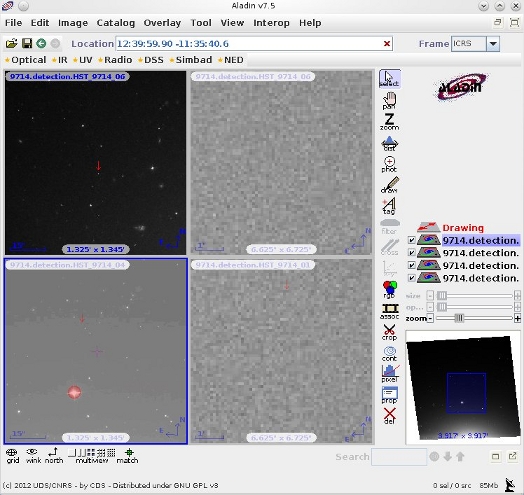Welcome to NOVA's Data Center
NOVA Argentina's Virtual Observatory: VO Software, Tools and Astronomical Information online.
This is public information and could be used by astronomy researchers, researchers of other fields, students and the general public.





